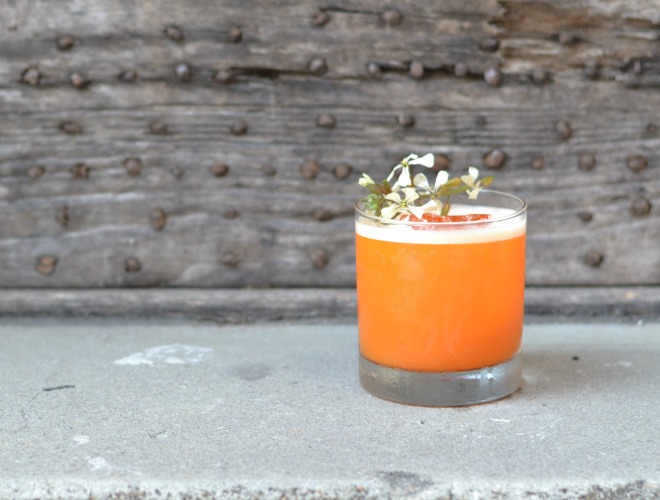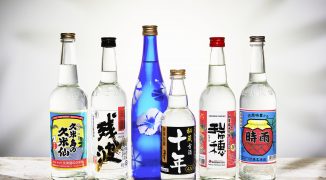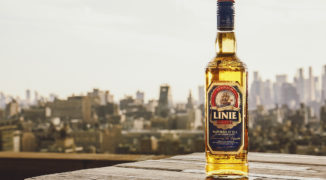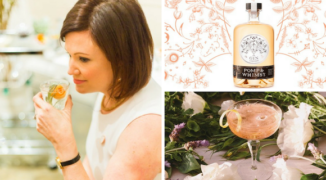Carrots are found in salads, baby food and — if you’re especially virtuous — in your green juice. Recently, some bartenders have started crafting cocktails made with carrot juice, roasted carrots and carrot shrubs.
It’s an ideal time to start experimenting with carrot cocktails. The number of farm-to-glass cocktail bars — bars that feature cocktails made from local produce — is growing, and customers are increasingly receptive to drinks featuring ingredients like parsnip, dill or even mushroom. Because carrots are such a familiar flavor already, it’s an easy entry point for customers to start trying vegetable cocktails. Similar to matcha drinks, carrot cocktails also attract health-conscious customers. And carrots are a way to add sweetness to a drink without the calories of simple syrup. In a time when the photogeneity of your cocktails is important, a bright orange drink attracts eyeballs from across the bar and through Instagram.
But the real reason you should pull out your dusty Jack LaLanne juicer and start juicing some carrots? The vegetable’s versatility, says Laura Sanfilippo, co-founder of Duke’s Spirited Cocktails in Healdsburg, CA.
“Carrots are just so fun to work with because they pair really easily with a variety of flavors,” she says. At Duke’s, they offer the Night Vision (photo at right, recipe below), with a carrot syrup, barrel-aged gin, vermouth, caraway and lemon. Other cocktails have incorporated a roasted carrot coconut shrub.
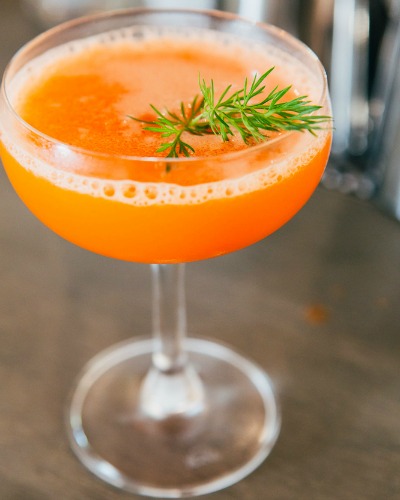 “It has a natural balance to it, between the sweetness, a little savory element, and a touch of acidity. You can take a sweet route with it using coconut or orange. You can take a savory route with it. It goes great with curry spices, fennel, sage, anything green and herbaceous,” she says. “There’s such a wide range of flavors it can pair with, which makes it a lot of fun to use in cocktails.”
“It has a natural balance to it, between the sweetness, a little savory element, and a touch of acidity. You can take a sweet route with it using coconut or orange. You can take a savory route with it. It goes great with curry spices, fennel, sage, anything green and herbaceous,” she says. “There’s such a wide range of flavors it can pair with, which makes it a lot of fun to use in cocktails.”
At Charleston’s Gin Joint, beverage director James Bolt loves carrots for their ability to serve as a springboard for herbaceous cocktails. The Jessica Rabbit (recipe below), on their current spring menu, combines gin, carrot juice, a housemade lime ginger Oleo Saccharum, Kümmel, Yellow Chartreuse and Pineau des Charentes Apéritif.
“To highlight the herbal characteristics of the cocktail, we also use a carrot top oil as well, to further situate those natural herbal vegetable characteristics,” he says.
Gin, with its cornucopia of botanicals, is a natural fit for carrot’s herbaceous nature. But Sanfilippo also recommends whiskey or tequila, and Bolt has paired carrot with rhum agricole for a swizzle variant. He’s also tried scotch, which made a more spirit-forward drink and masked the carrot flavor, he said.
Carrots are fairly accessible year-round, but a downside to working with carrots and other vegetables is their shelf life. Vegetables will obviously go bad faster than other distilled cocktail ingredients. Because carrot juice starts to lose its flavor after a few days, most bars make it daily or every few days.
But there are ways to extend its shelf life. At Duke’s, they found that carrot juice had a tendency to separate, so they turned to gomme syrup. “Mixing it [carrot juice] with sugar keeps the shelf life a little bit longer, but having the gomme syrup with the gum arabic in there really helps to emulsify all that and keep it from separating,” Sanfilippo said.
Bolt uses carrot juice for the Jessica Rabbit, but for a previous cocktail, he roasted cut-up carrots — “almost to the point where they were dehydrated” — and infused it into a gin, which had a longer shelf life than carrot juice.
Carrots have been good for the Gin Joint, Bolt said. Sure, he’s heard some cracks about V-8 or spa cocktails, but for the most part, customers have been receptive — far more so than they have been with other vegetable cocktails.
“We did a golden beet and mezcal cocktail last fall and I thought carrots would be a harder sell, but people don’t really see beets with alcohol,” he said. “Carrot’s a pretty easy sell to customers because it is a flavor everyone’s used to.”
His advice for bartenders wanting to experiment with carrots and other vegetables? “Don’t try to mask the flavor at all. Let the carrots or vegetables speak for themselves and base the alcohol or ingredients you’re wanting to work with around them,” he said. “Certain flavors obviously go together, so always try to pair those together, but you can use them in different ways,” he added, pointing to the classic combination of ginger and carrots — the bar has also made a carrot cocktail with Koval’s ginger liqueur.
Sanfilippo agrees that experimenting leads to the best cocktails. “Mix it with everything. We’ll want to start using an ingredient, [and] we’ll make it in 10 different ways: we’ll shrub it, syrup it, fresh juice it, pickle it, and then we’ll take little batches and mix them with other things,” she said. “We’ll sit there and taste each different thing by itself and just look for what works. And you learn a lot that way about what doesn’t work, too — like, ‘I know I’m never going to do carrots and potatoes again’.”
Jessica Rabbit
By James Bolt, Gin Joint
-
- 1.5 oz Big Gin
- 1.5 oz carrot juice
- 1 oz lime juice
- 1 oz ginger-lime Oleo Saccharum
- .5 oz yellow Chartreuse
- .5 oz Kümmel
Place all ingredients into a cocktail shaker and shake for 10 seconds and then double strain into a rocks glass with a large ice cube and top with carrot top oil and garnish flower.
The Night Vision
By Laura Sanfilippo and Tara Heffernon, Duke’s Spirited Cocktails
-
- 1.5 oz Spirit Works Barrel Gin
- 1 oz carrot gomme (recipe below)
- .5 oz lemon juice
- .25 oz Sutton Cellars Vermouth
- 2 Dashes caraway tincture
- Carrot Gomme
-
- 4 oz fresh carrot juice
- 2 oz gomme syrup (1:1 sugar to water simple with 2 tablespoons gum arabic dissolved per quart)
- Caraway Tincture
-
- 2 tablespoons caraway seeds soaked in 4 oz 151 neutral grain spirits
- Shake periodically for 24 hours
Add all ingredients to shaker, shake and double strain into a chilled cocktail glass. Garnish with carrot tops or fennel frond


